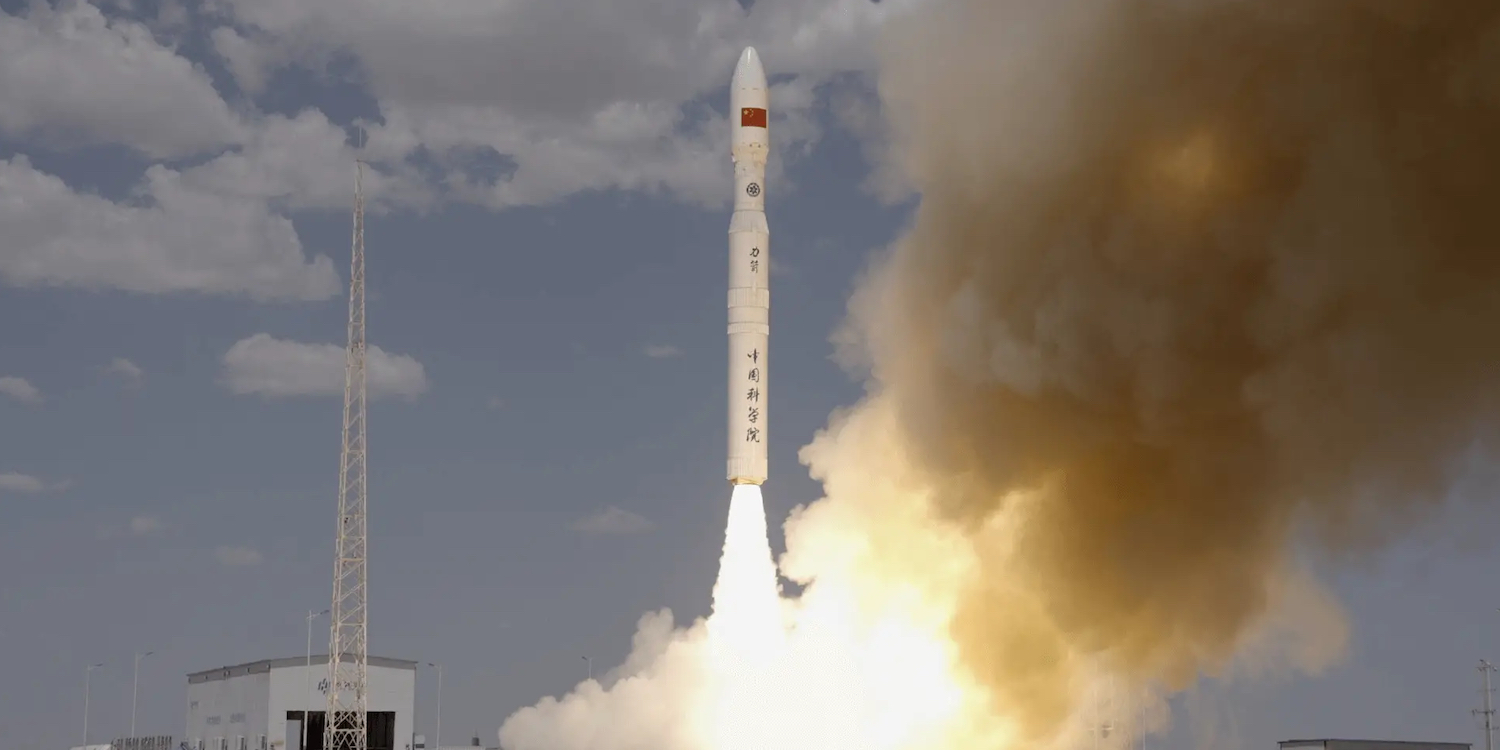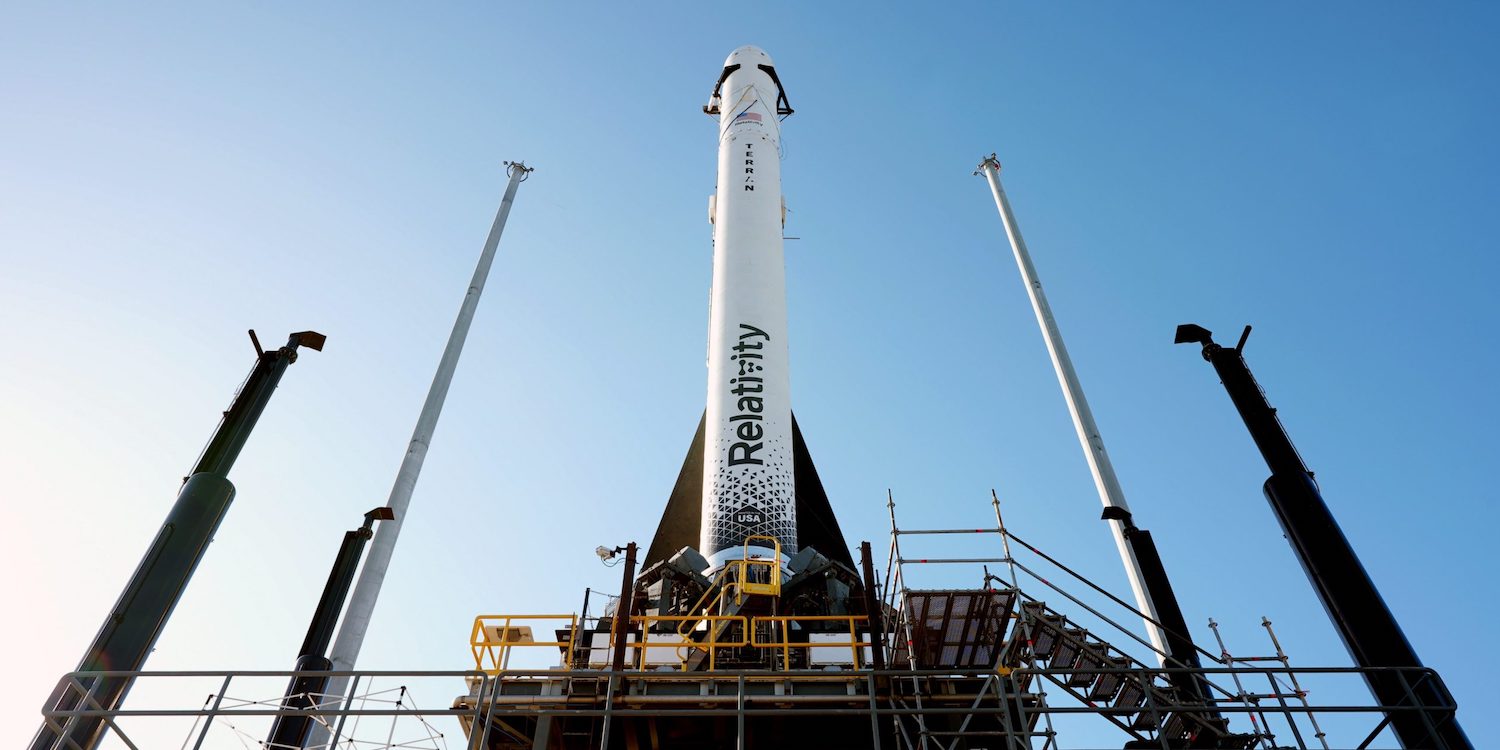
Falcon 9 is a partially reusable two-stage medium-lift launch vehicle designed and manufactured by the American aerospace company SpaceX. Both the first and second stages are powered by SpaceX Merlin engines and the first stage is capable of re-entering the atmosphere and landing vertically after separating from the second stage. Falcon 9 can lift payloads of up to 22,800 kilograms (50,300 lb) to low Earth orbit (LEO) and 8,300 kg (18,300 lb) to geostationary transfer orbit (GTO). Due to the great success of the Falcon 9, it is often used today to launch commercial payloads such as communications satellites. Falcon 9 has been considered as the world's most advanced space launch vehicle and as of January 2021, this launch vehicle has the most launches among all U.S. rockets currently in operation. Learn all about the different commercial unmanned launches of the Falcon 9 rocket from the American space company SpaceX in 2024 thanks to this overview!



